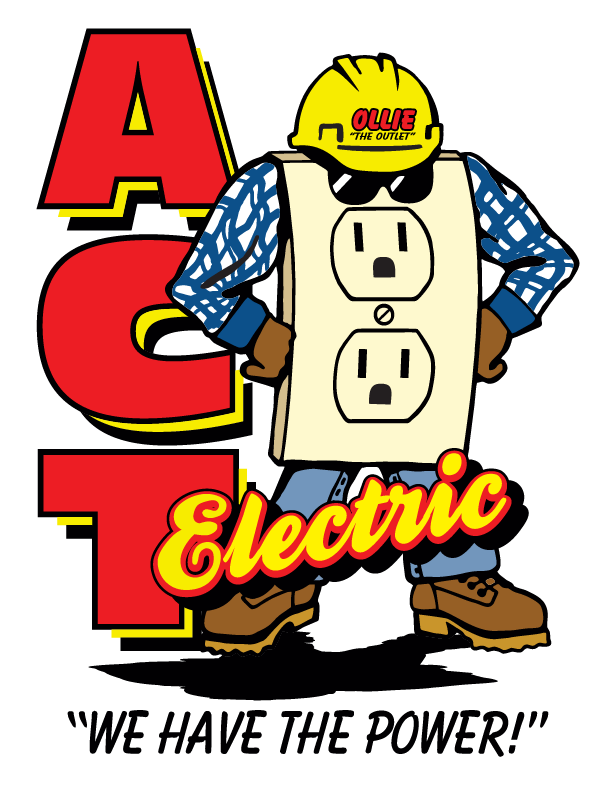Extension Cord Safety: Choosing Wisely for Your Electrical Needs
Surge protectors, extension cords, and power strips all work together to get us the electrical power we need. Today, we’re going to focus on extension cords, where they should and shouldn’t be used, and how you know if you have the right gauge. When we need an extension cord, it’s easy to grab the first one we find, but that isn’t a wise idea, and here is why.
Length
The right length is critical. You might need a 100-foot cord or only a 2-foot cord. The longer the extension, the more significant the drop in amps, so use the shortest length you possibly can while remaining safe. The extra length of cord poses a danger because people can trip on it.
Check for damage
Before you use an extension cord, give it the once over to examine it for suitability. If it’s broken, frayed, or harmed in any way at all, toss it. If the grounding pin is removed or damaged, throw the cord away. If it isn’t U.L. approved, it hasn’t been tested for safety and isn’t safe. If you feel a warm spot on it when it’s plugged into the appliance, it’s not a high enough gauge for the job; don’t use it. If the plug doesn’t have three-prongs, don’t use it for anything but a very light draw.
Safety practices
Aside from the obvious, like using tape to secure and protect an extension cord in a walkway, there are other safety considerations. Don’t put rugs or a piece of carpet or furniture on top of your extension cord. Never yank the plug from a wall socket with the cord itself.
Appliances that produce heat should never be connected to an extension cord. They pull a massive draw and create a hazard. Only use one extension cord; making a daisy chain by using an extension cord with a surge protector cord or coupling extension cords should be avoided.
The numbers
The gauge number as indicated on the packaging will tell you how light or heavy the cord is. Remember, the smaller the number, the heavier the gauge, so a 10-gauge cord is a heavy-duty cord, and a 16 gauge cord is lightweight.
Next to the gauge number, there is a slash followed by a second digit, such as a ‘3’, that indicates the number of wires running the length of the cord.
If you’re ever in doubt as to the suitability of an extension cord, you can use this calculator to determine if the cord is up to the job.
Children, pets, the elderly, and distracted are all factors to take into consideration when using an extension cord. Also, avoid using them in wet areas or in circumstances where it is likely they’ll be damaged. If you are using a cord outdoors, make sure it’s rated as an outdoor-use cord.
A note about prongs: Two-prong extension cords are the lightest gauge and not suitable for most jobs, so always buy a three-prong extension cord.
When an extension cord is not enough
Finally, if you discover your outlet situation will not measure up to the task you’re trying to do, give us a call, and we’ll come out to check your electrical service panel and add some outlets to your home or business. Sometimes, an electrician is the best source of safety when it comes to appeasing a family’s electrical usage requirements.
ACT Electric is a full-service residential and commercial electrical contractor company specializing in electrical installation, repairs, and upgrades, electrical troubleshooting, electrical remodeling, electrical home inspection, and electrical retrofitting. We always prioritize customer comfort and safety. Give us a call at (480) 986-1722 today!



